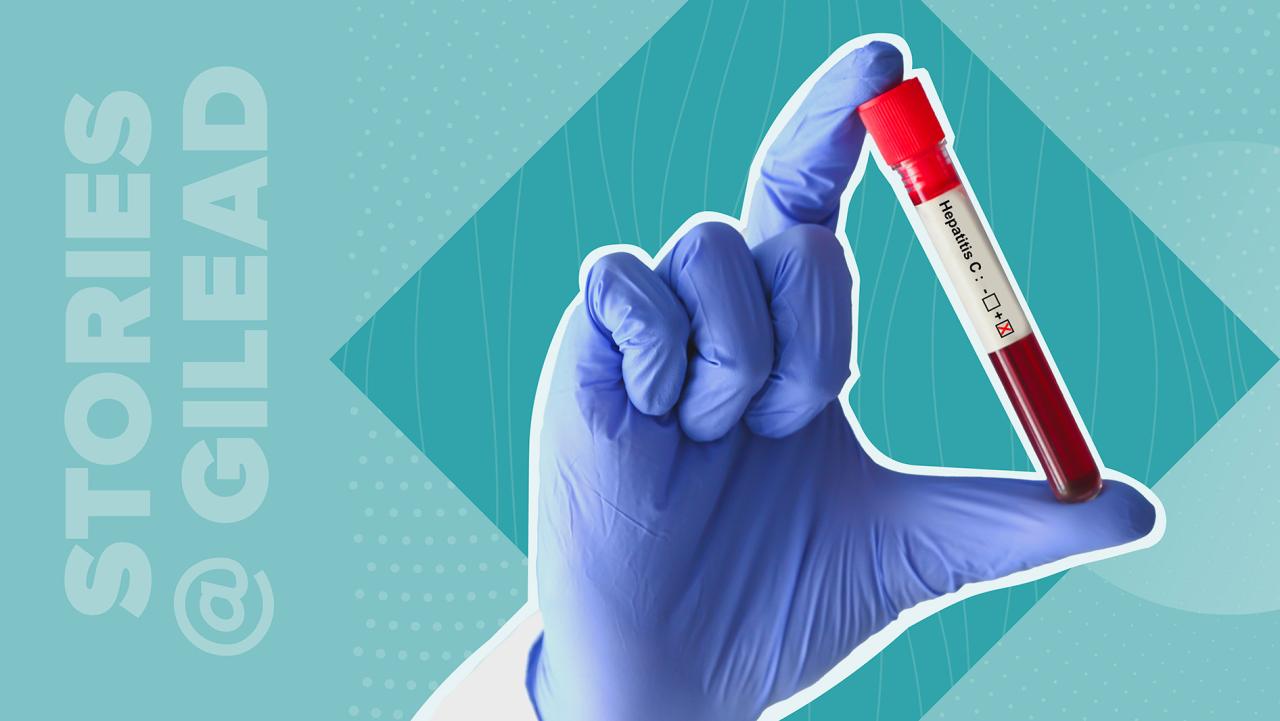Gilead Sets Sights on Hepatitis C Elimination As It Marks 10 Years of Curative Therapies
- None.
- None.
Insights
The recent developments in Hepatitis C (HCV) treatments, particularly the curative therapies introduced by Gilead Sciences, have significant implications for global public health and the pharmaceutical industry. The innovation that led to a cure rate of over 95% marked a watershed moment in the management of chronic HCV, transitioning from a condition with limited and often debilitating treatment options to one that is largely curable with a simple prescription.
This advancement not only reflects positively on Gilead's R&D capabilities but also has the potential to influence the company's financial health. The wide-scale adoption of these therapies, facilitated by strategic partnerships with governments in high-prevalence regions, could lead to increased revenues and market share for Gilead. Moreover, the company's commitment to supporting the WHO's elimination goals by 2030 suggests a long-term vision that may foster investor confidence.
However, the journey from cure to elimination involves challenges such as identifying and treating undiagnosed cases, which could require substantial investment in public health initiatives. The success of these programs, as seen in Egypt, could serve as a model for other high-prevalence countries and potentially open up new markets for Gilead's therapies.
The economic impact of Gilead's curative therapies for HCV extends beyond the pharmaceutical industry. The reduction in healthcare costs associated with chronic HCV management, potential liver transplants and other complications presents a cost-saving opportunity for healthcare systems worldwide. The direct medical costs and indirect costs, such as loss of productivity, are significant factors in the economic burden of HCV.
Moreover, the ability to cure HCV aligns with the broader goals of health economics, which emphasize the value of preventative and curative healthcare interventions. The transition from a 'treatment' paradigm to an 'elimination' paradigm could result in long-term economic benefits by reducing the prevalence of HCV and, consequently, the associated healthcare expenditures.
It is also important to consider the pricing strategies and access to these therapies in different regions. The provision of low-cost treatment options in countries with high HCV prevalence not only addresses a public health need but also represents a strategic move that could impact Gilead's market dynamics and competitive positioning.
From a market perspective, the success of Gilead's HCV therapies has likely had a substantial impact on the company's brand equity and market valuation. The ability to innovate and deliver curative treatments enhances Gilead's reputation as a leader in antiviral research, which may positively influence investor sentiment.
The reported treatment of over 4 million people with Gilead's HCV medicines post-FDA approval indicates strong market penetration. However, the future market growth will depend on the continued expansion into new territories and the sustainability of government partnerships.
Furthermore, Gilead's research into a functional cure for hepatitis B indicates a continued investment in antiviral development, which could signal to investors the potential for future breakthroughs and market expansions. The company's pipeline and ongoing research initiatives are critical factors for market analysts in assessing the long-term growth prospects of Gilead Sciences.
NORTHAMPTON, MA / ACCESSWIRE / February 13, 2024 / Long-time liver specialist Carrie Frenette says she won't ever forget the people she treated for hepatitis C (HCV) before 2013 - the year that the Food and Drug Administration (FDA) approved a Gilead medicine. The medicine was the first curative therapy for HCV.
"More than a decade ago, treatment options were not only limited but were often associated with harsh side effects," says Carrie, who after two decades of being a clinician now works at Gilead as Executive Director, Global Medical Affairs, Liver Diseases.
"My patients had been through so much living with the virus and now they were finally cured," she continues. "One man felt he could finally date and even marry and have a family. It really helped transform lives."
Since 2013, more curative therapies have become available and have helped revolutionize the care of those living with chronic HCV around the world. Today,
The Innovation Behind the Cure
As pioneers in antiviral development, scientists at Gilead had devoted more than a decade in the labs investigating potential treatments for HCV. They tested multiple compounds in parallel and eventually acquired a compound that worked well with the other compounds.
"Everybody anticipated the antiviral would impact lives, but I don't think they realized just how transformative it would be," says Bruce Kreter, Executive Director, Global Medical Affairs, HCV, who started at Gilead a year before the FDA's approval of the therapy.
Gilead researchers went on to develop three more curative therapies. In the 10 years since the initial FDA approval and subsequent approvals in other countries, more than 4 million people globally have been treated with Gilead's HCV medicines. In total, according to the World Health Organization (WHO), more than 10 million people worldwide have been cured of HCV.
"Once considered a virtual death sentence, today most people living with chronic HCV can be cured through a prescription from a primary care provider," says Carrie, noting how meaningful it has been for both patients and clinicians to finally have highly effective options.
From Cure to Elimination by 2030
Today, the antiviral therapy is approved in nearly 100 countries and is considered an Essential Medicine by the WHO. Still, despite now having a cure, some 55 million people across the globe are living with HCV. In the United States, it's estimated that 2 to 4 million individuals carry the virus but have yet to be diagnosed or treated.
Gilead has been working for years with governments in regions of high prevalence to provide low-cost treatment to some of the most vulnerable populations and disproportionately impacted countries. For example, in Egypt, where millions were living with HCV, Gilead was part of a successful effort to screen 50 million people and treat 4 million. This helped Egypt become the first country to be on the path to completely eliminate HCV.
Scientists are now focused on the once-unimaginable prospect of eliminating the disease around the globe.
"Elimination was beyond any aspiration in 2013 when we launched the antiviral," Bruce says. "At that time, it was a big maybe. Now, here we are 10 years later with curative therapies and we're directly supporting the WHO's plan for elimination by 2030. The field has evolved very quickly."
While the elimination goals may seem ambitious, Gilead's work serves as a reminder of how far the field has come in 10 years. "You can work your whole life and never develop a cure," says Bruce, noting that Gilead is continuing to pursue research into a potential functional cure for hepatitis B. "Gilead got to a cure for HCV in less than three decades and we aren't going to be satisfied until we get to elimination, too."
Veeva job code: IHQ-UNB-5281 | January 2024
Originally published by Gilead Sciences

View additional multimedia and more ESG storytelling from Gilead Sciences on 3blmedia.com.
Contact Info:
Spokesperson: Gilead Sciences
Website: https://www.3blmedia.com/profiles/gilead-sciences
Email: info@3blmedia.com
SOURCE: Gilead Sciences
View the original press release on accesswire.com







